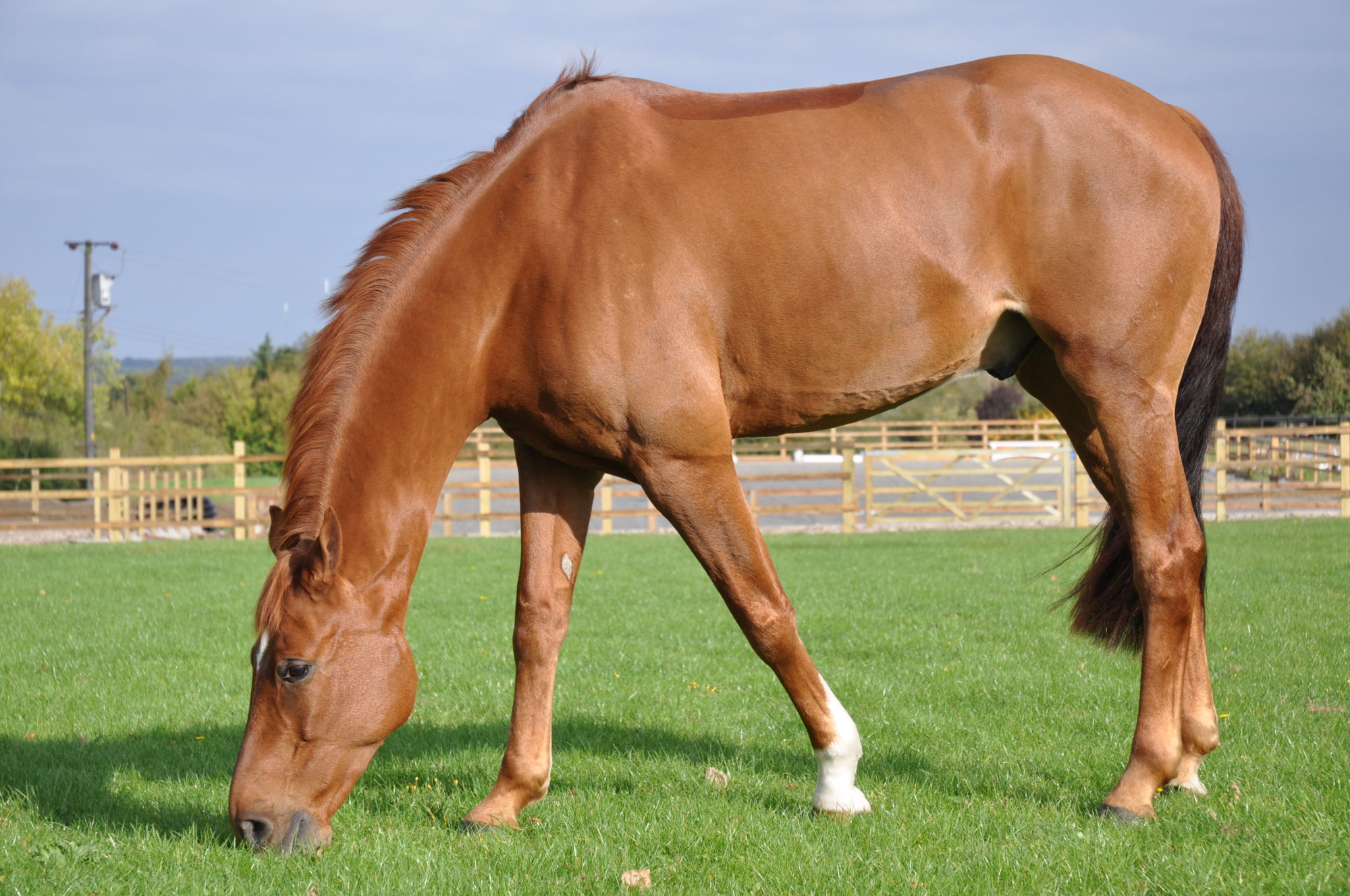Assessing Your Horse’s Workload: How To Feed Your Horse Accordingly
Unfortunately due to the coronavirus, equine competitions and events have been cancelled and postponed up and down the country. This has led to horse owners having to alter their horse’s workload as they don’t need to be competition fit during the lockdown period and changing their diet accordingly to coincide with their lighter workload. However, there are a number of risks and challenges for horse owners during these uncertain times, including a sudden change of diet, an impact on the lymphatic system, digestive health problems from immobility and maintaining muscle tone and weight, so how can these be overcome?
Limit The Calorie Intake
If you are considering reducing your horse’s workload then it is important to review your horse’s diet too, especially if you are using cereal based feeds. The high starch levels in mixes and cubes can increase the risk of muscle problems such as ERS if workload reduces and the feed intake doesn’t. In addition, a higher energy intake than is required for work can result in weight gain which predisposes the horse to laminitis.
If your horse requires a high-calorie diet to maintain their condition, rely more on highly digestible fibre and oil instead of starch for calories. Research has shown that horses fed fibre and oil are less reactive than those fed the same level of energy but from starch sources – which is ideal during lockdown!
Keep The Gut Healthy
A change of diet is a risk factor for digestive upsets such as colic, so to help reduce the risk of this kind of problem, you can feed a digestive enhancer such as yeast and prebiotics. Yeast improves fibre digestion and so is a useful addition if you have had to change on to a more fibrous forage as it helps the horse to get more from forage. FOS prebiotics are a food source for specific beneficial bacteria in the gut and so help the transition from one type of horse feed to another.
In order to reduce the risk of colic, you can also feed very digestible fibres such as sugar beet and alfalfa. Sugar beet has been shown to have a prebiotic impact in the gut and can be really useful for horses with poor teeth as it is so easy to chew.
Top Management Tips
Ideally, you want to be able to turn your horse out or give them around 15-20 minutes of exercise a couple of times a day, as the lymph system needs movement in order to increase transport capacity. Horses have more lymph nodes than humans, with around half being present in the ascending colon. These nodes work better when peristalsis occurs, so ensure that you are feeding little and often to promote this. If your horse is stabled, then feed them plenty of fibre to help to encourage peristalsis too.
Hopefully these tips should help you to feed your horse accordingly, whilst assessing their workload. If you would like more information about what to feed your horse, don’t hesitate to contact an equine nutritionist.
